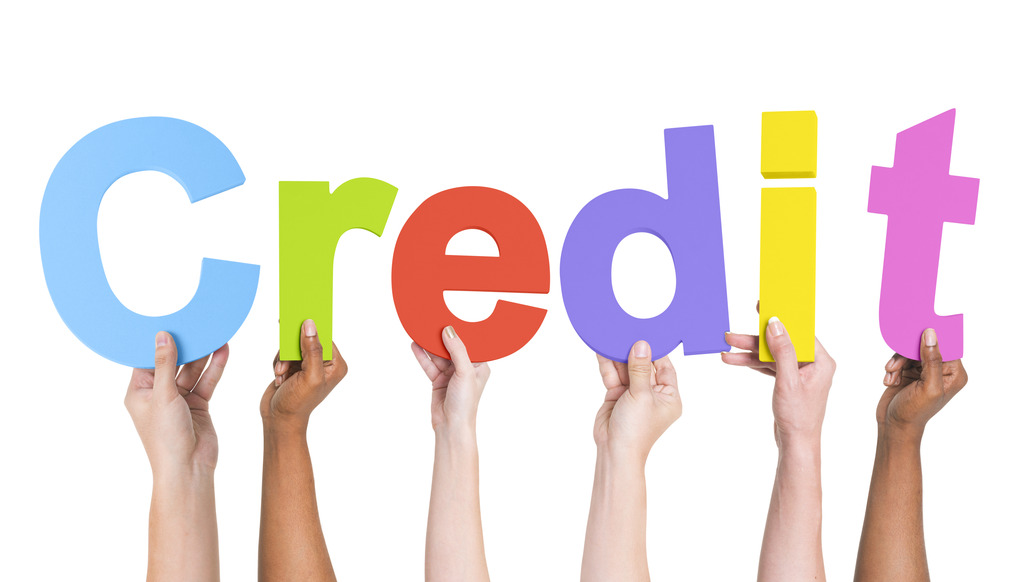It seems to be one of the two most common New Year’s resolutions: lose weight and improve your credit. And while losing weight is certainly a lofty goal, improving your credit isn’t quite as ominous a challenge. Making a plan toward better credit in 2016 is as realistic as they come and the single most actionable way for most consumers to see quantifiable credit improvement is to focus on their credit card balances.
Credit scoring models like FICO and VantageScore pay a tremendous amount to of attention to your credit card debt-to-credit limit ratio. Formally referred to as “revolving utilization”, the term is used to describe the relationship between a consumer’s credit card balances and the credit limits on his open credit card accounts. The lower a consumer’s revolving utilization ratio the better his credit scores.
Some 30% of a consumer’s credit scores points come from debt related metrics from his credit reports, so we’re not talking about a marginal factor. While revolving utilization ratios do not account for 100% of the points from the debt category you can bet the bank that a consumer’s revolving utilization ratios account for the majority of those available points.
Lowering Revolving Utilization Through Less Conventional Methods
The concept of lowering revolving utilization ratios through either paying off credit card balances and/or raising credit limits on open credit cards was covered thoroughly in part 1 of this series. As previously discussed, the best strategy for raising credit scores through a lower revolving utilization ratio is always to pay down credit card balances. It is the smartest move for a consumer’s credit scores and for his wallet given the high cost of carrying credit card debt.
In reality, however, if a consumer has gotten in over his head in credit card debt then it may be impossible for him to simply write a big check to pay off his balance. If a consumer in this situation needs to maximize his credit scores as much as possible, perhaps to qualify for a mortgage refinance at a lower interest rate, then he may wish to consider some unconventional methods of lowering his revolving utilization ratios.
- Consolidating Debt with an Installment Loan
If a consumer cannot afford to pay off his credit card debt then consolidating that debt into a single installment loan, also known as a personal loan, might be a wise move as long as the process is managed responsibly. There are two benefits to using an installment loan to consolidate out of control credit card debt. First, an installment loan will almost certainly feature a lower interest rate than a consumer’s expensive credit card debt. Second, installment debt is not treated the same as revolving debt by credit scoring models and is not counted when the revolving utilization ratio is calculated. Therefore, transferring revolving debt to an installment account will have the effect of instantly lowering a consumer’s revolving utilization ratios and, therefore, raising his credit scores.
- Balance Transfer Credit Cards
Transferring the unpaid balances from multiple credit cards onto a single, new credit card account with a 0% or low interest rate introductory offer is another way for consumers to save money and potentially boost their credit scores. If a consumer knows that he can pay off all of his credit card debt before the introductory offer expires (typically around 12 months) then using a new credit card for balance transfer purposes can potentially be the cheapest way to pay off credit card debt. Keep in mind that transferring balances onto a new card will not completely lower a consumer’s revolving utilization ratios to 0% the way that a consolidation with an installment loan has the potential to do.
- Small Business Credit Cards
A third method for attempting to raise credit scores through lowering revolving utilization is to open a small business credit card. Obviously this option is generally only available to a consumer who actually owns a small business. Once approved for a business credit card, a consumer can then transfer the unpaid balances from his personal credit cards onto his new business account.
The reason that transferring personal credit card balances to a business card may help a consumer’s personal credit scores is because most business credit cards do not report account information to the three major personal credit reporting agencies; Equifax, TransUnion, and Experian. Instead, most business credit cards will report account activity to one or more of the business credit reporting agencies. When a consumer’s credit card balances are removed from his personal credit reports then his revolving utilization ratios would drop to 0%.
Keep in mind that business credit cards may have higher interest rates and fees than personal credit card accounts. Additionally, various credit protection laws provided under the CARD Act for consumers do not apply to business credit cards even though it is the consumer who opens the card who will ultimately be held liable for any debt which is incurred should the business fail to make the payments as agreed.




